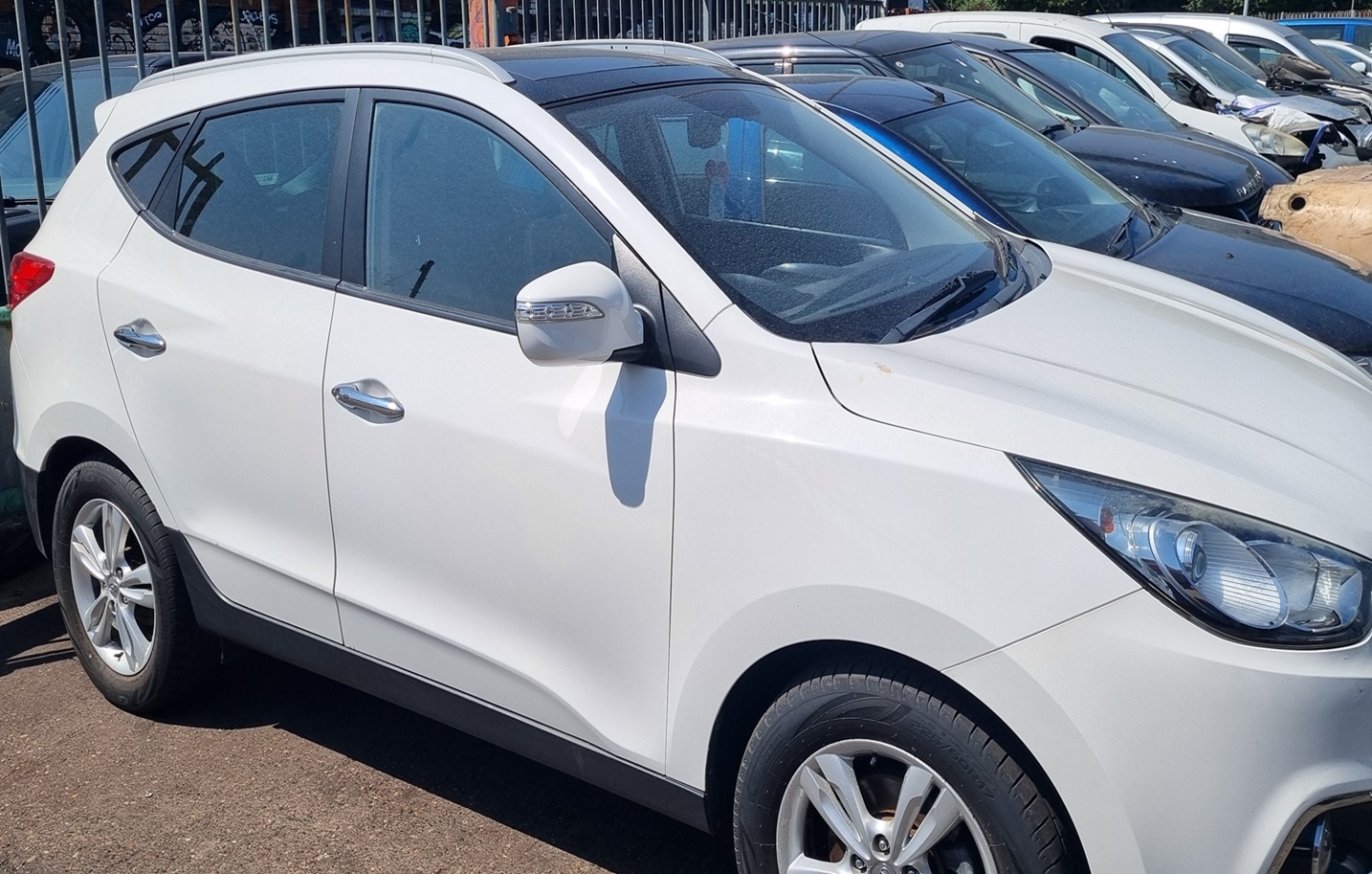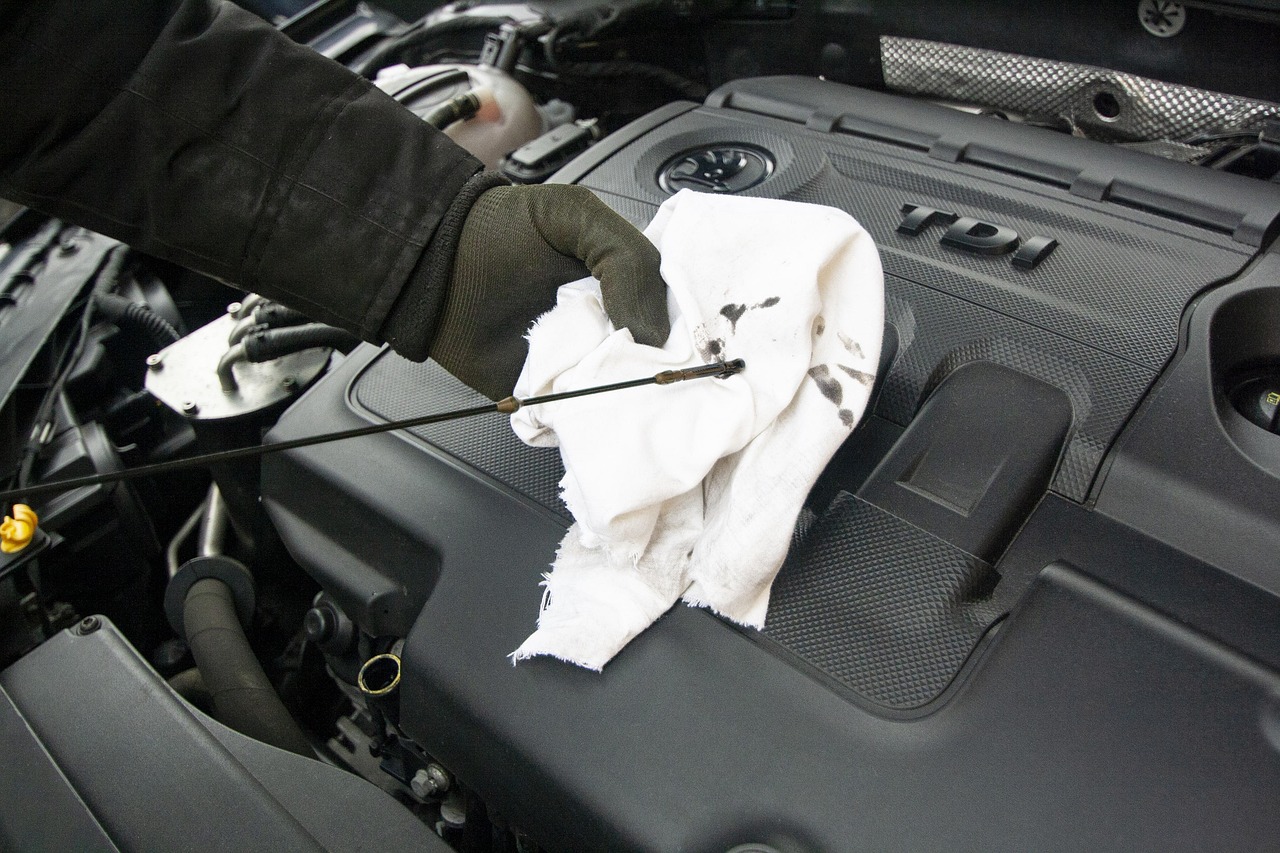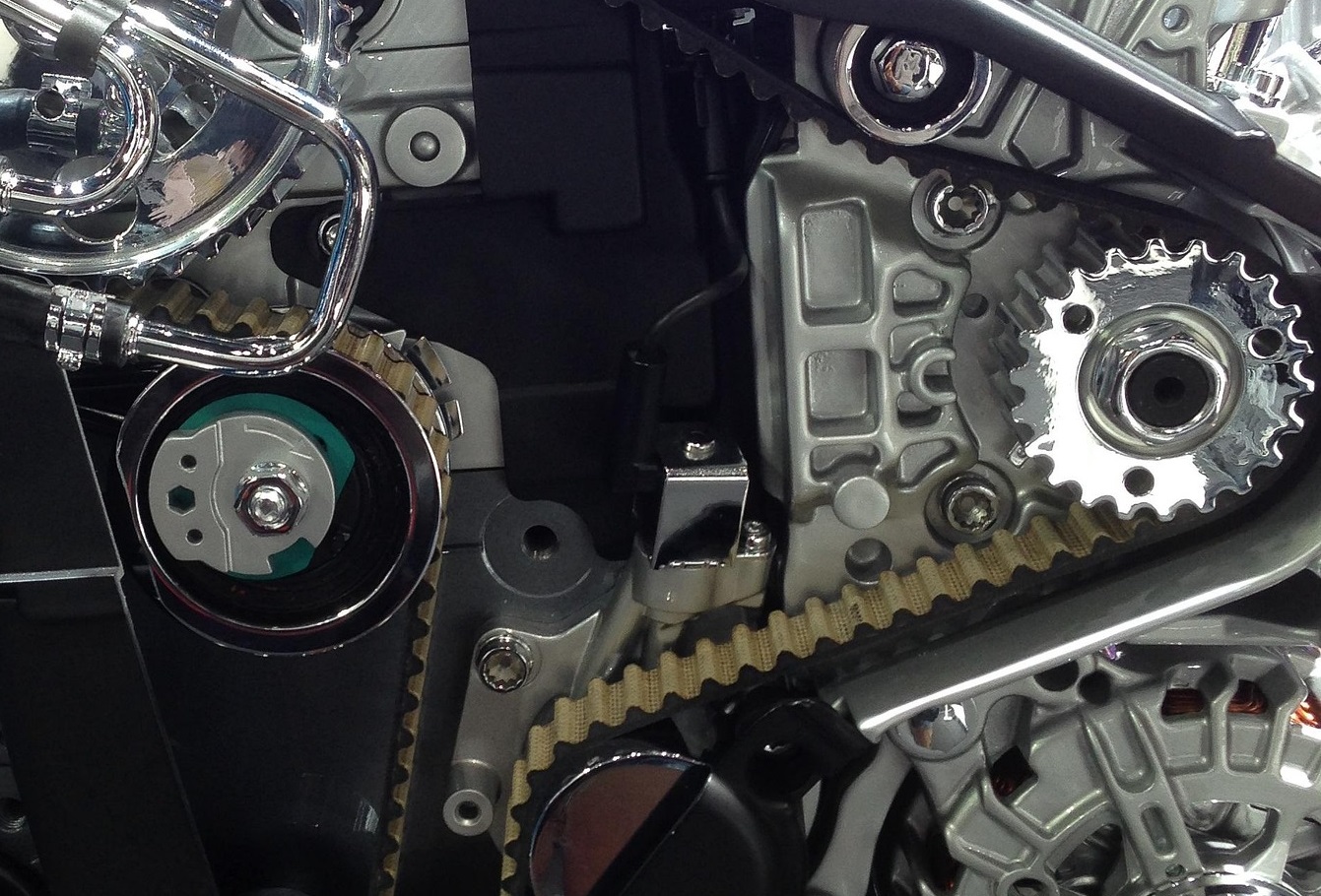Buying a used car, it’s important to do a thorough check to make sure you’re not buying a vehicle with hidden problems. If you’re unsure about what to look for, don’t worry! This guide will help you identify the key things to check when buying a used car in the UK, so you can drive away feeling confident in your purchase.
1. Check the Car’s History
Before you even step foot in the car, it’s essential to know its history. In the UK, you can use services like the DVLA’s Vehicle Enquiry or the HPI Check to see if the car has been involved in any accidents, has outstanding finance, or has been written off.
- MOT History: You can look up the car’s MOT history online to see if it has passed all its tests in previous years.
- Previous Owners: Too many previous owners might indicate issues with the car.
- Accident History: Ensure the car has not been in any major accidents or had significant repairs.
2. Examine the Car’s Exterior and Interior
The next step is to inspect the car thoroughly. Walk around the car and check for any signs of damage or wear. Here are some things to pay attention to:
- Bodywork: Look for dents, scratches, rust, and signs of paintwork that don’t match the rest of the car. Uneven paint could suggest the car has been in an accident and had repairs.
- Tires: Check the tread depth to ensure they’re not worn out. The legal minimum tread depth in the UK is 1.6mm. If the tires are heavily worn, it could be a sign of alignment issues or poor maintenance.
- Lights and Windows: Check that all lights work (headlights, brake lights, indicators, etc.) and ensure there are no cracks or chips in the windscreen or windows.
- Interior Condition: Look at the seats, dashboard, and other interior components. Check for any stains, rips, or broken parts. Also, check that the air conditioning, heating, and sound system work properly.
3. Check the Engine and Fluids
The engine is the heart of the car, so you want to make sure it’s in good condition. Here’s what you should check:
- Engine Oil: Use the dipstick to check the oil level and condition. Clean oil should be amber in color. If it’s too dark or gritty, it could indicate that the car has not been well-maintained.
- Coolant Level: Check the coolant level in the reservoir. Low levels could be a sign of a leak or engine overheating issues.
- Belts and Hoses: Check for any cracks or wear on the engine belts and hoses. If they look worn out, it could lead to expensive repairs later.
- Signs of Leaks: Look under the car for any signs of fluid leaks. If you see oil, coolant, or other fluids under the car, it’s best to ask a mechanic to inspect further.
4. Test Drive the Car
Always take the car for a test drive before making your decision. This is where you’ll get a real feel for the car’s condition. While driving, pay attention to the following:
- Engine Performance: Does the engine start smoothly? Does it accelerate without hesitation? Any unusual noises could be a red flag.
- Brakes: Test the brakes to make sure they feel responsive and that the car doesn’t pull to one side.
- Steering: Check that the steering is smooth, and the car drives straight without pulling to one side.
- Suspension: If the car feels bumpy or unsteady, there could be an issue with the suspension.
5. Check for Any Warning Lights
Before driving the car, start the engine and look at the dashboard. Check for any warning lights, especially the check engine light. If any lights stay on after the car starts, it could indicate an issue that needs attention.
6. Check the Car’s Service Records
A well-maintained car will often come with a full service history. Ask the seller for proof of any recent work done on the car. If the car has been serviced regularly, it’s a good sign that it’s been taken care of.
- Oil Changes: Regular oil changes are vital for engine health.
- Brake Pads: Check if the brake pads have been replaced recently, as worn-out pads can be expensive to fix.
- Timing Belt: If the car has a timing belt, check when it was last replaced. A worn-out timing belt can cause severe engine damage.
7. Check the Price
Before committing to a purchase, make sure the price is fair for the car’s age, mileage, and condition. You can use websites to get an idea of the car’s market value. If the price seems too good to be true, it could be a warning sign.
8. Verify the Vehicle Identification Number (VIN)
Every car has a unique Vehicle Identification Number (VIN). It’s a good idea to match the VIN on the car with the one listed on the V5C logbook to ensure the car hasn’t been tampered with.
9. Consider a Professional Inspection
If you’re unsure about the car’s condition or just want peace of mind, you can hire a professional mechanic to do a pre-purchase inspection. They can spot issues you might have missed and give you an honest assessment of the car’s condition.
10. Check the Warranty
Some used cars still have a manufacturer’s warranty, and many dealers offer extended warranties for a fee. Check if the car you’re buying has any warranty left or if there are any additional warranties available.
Buying a used car in the UK doesn’t have to be stressful if you know what to look for. By following these steps and doing a thorough check, you can make sure you’re getting a reliable car at a fair price. If in doubt, always get a professional’s opinion. Happy car hunting!


